What Does Cod Taste Like? Mild Ocean Flavor in Every Bite
Cod, a popular white fish, has intrigued seafood enthusiasts for generations.
Anglers and chefs have long celebrated this versatile marine delicacy for its unique culinary characteristics.
Restaurants worldwide feature cod in numerous dishes, attracting diners seeking a delightful seafood experience.
The flavor profile of this fish might surprise you with its subtle nuances and remarkable qualities.
Numerous cooking methods can transform cod into a memorable meal that tantalizes taste buds.
Cultural traditions and regional preparations contribute to the diverse ways people enjoy this remarkable fish.
Your curiosity about cod's taste will be satisfied as you journey through this flavorful exploration.
What Is Cod Fish?
Gauds genus fishes, known as cod, include both terrestrial and demurral species.
Sometimes, the name cod might refer to fish outside this specific group.
These fish love cold waters and prefer staying near ocean floors.
Lingcod differs from typical migratory cod fish.
Its body shows speckled patterns with colors ranging from bluish-gray to green.
Some lingcod appear completely black like haddock, while others showcase various brown shades.
Mature cod can reach impressive sizes, weighing up to 201 pounds and stretching 6 feet long.
Pacific and Atlantic cod are most common in cooking.
Fish lovers prize cod not just for meat but also for its nutrient-rich liver.
The Taste of Cod Fish
Cod shares similarities with Pollock, offering a gentle taste and delicate white meat.
Atlantic cod brings a subtle sweetness compared to its Pacific counterpart, which carries a more robust and hearty flavor.
Pacific cod's taste and texture closely match halibut's characteristics.
Fish markets often compare cod's flavor to chicken, but this comparison rings true only for recently caught specimens.
Fresh cod possesses a mild chicken-like quality, especially when compared to chicken breast.
Seafood lovers should be wary of any cod with strange odors or unusual tastes, as these signals indicate the fish lacks freshness.
Cooking and Preparing Cod
Cod brings a delicious slice of solid meat that makes cooking enjoyable.
Baking, grilling, broiling, and pan-frying work wonderfully for this fish.
Careful preparation can significantly impact cod's final flavor.
Marinating the fish fillet helps tenderize it.
Seasoning with a mix of citrus, herbs, and other flavors before letting it rest for an hour can enhance its taste.
This method works best when you plan to fry or pan-sear the cod fillet.
Another great approach involves baking or broiling the fish with lemon juice, a splash of vinegar, garlic, and select spices.
Cod ranks as a healthy fish without many special preparation concerns.
Sodium content runs high, so you might want to limit salt or skip it entirely.
Marine species like cod can sometimes harbor parasites.
These unwelcome organisms might trigger health problems such as diarrhea and muscle cramps.
Proper cooking becomes crucial to avoid potential side effects.
Thorough heating helps eliminate risks and ensures a safe, tasty meal.
Following basic cooking guidelines keeps your cod dish both delicious and safe to enjoy.
How To Make Them
Nutrition Facts About Cod
Cod offers more than just great taste. Nutritional details for 100 grams of this fish include:
How to Store Cod Fish
Cod bought in vacuum-sealed frozen packages stays good in the freezer until cooking time.
Moving frozen fish to refrigerator shelves overnight works best for safe thawing.
Fresh cod without prior freezing needs quick cooking after purchase.
Chefs recommend using fresh fish within one or two days if immediate cooking seems impossible.
Refreezing already thawed seafood creates serious safety risks, so tossing the fish becomes smarter than risking potential food contamination.
Cleaning Cod Fish Methods
First, wash your hands with soap and water for about 20 seconds to keep things clean.
Next, rinse the fish under running water and gently rub away any dirt or film from its surface using your fingers.
Place the cod on a cutting board with its belly facing up.
Using a sharp knife, slice from head to tail, carefully removing the skin and inner parts.
Toss the discarded pieces into a trash bag.
Storing Cooked Cod in the Fridge
Stored codfish stays good in the refrigerator for three days or can sit in the freezer for two months.
Check the fish carefully before eating to make sure it looks and smells okay, just like you would with any other leftover meal.
Why Cod Fish Is Mild in Flavor
Cod offers a delightful taste experience with its gentle, slightly sweet, and smooth flavor profile that ends with a hint of fishiness.
Bland and tough cod signals overcooking, which happens easily due to its low fat levels compared to salmon or tuna.
Smart cooking techniques help bring out cod's best qualities.
Mixing in fresh herbs like parsley, crisp green beans, and juicy tomatoes during preparation helps boost flavor and keep the fish tender and moist.
Is Cod a Good Food Choice?
Cod stands out as a tasty fish packed with good nutrients.
Its lean protein helps keep bodies strong and healthy.
Rich in important vitamins and minerals, cod offers special flavor that many seafood lovers enjoy.
Mild taste makes this fish a great choice for different meal styles.
Cod works well in balanced eating plans despite having less omega-3 compared to other fish types.
Health watchers appreciate its lower mercury levels when compared with popular fish like tuna.
Chefs can prepare cod using multiple cooking methods, making it a flexible option for meals.


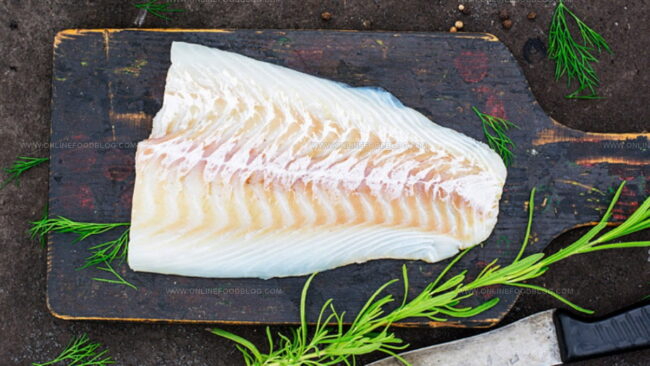
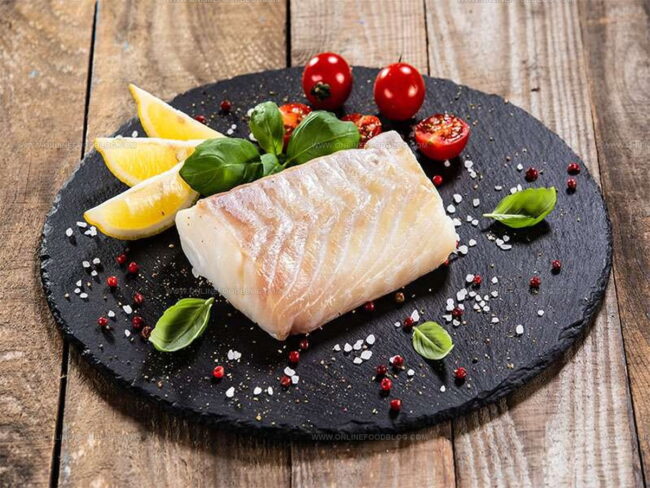
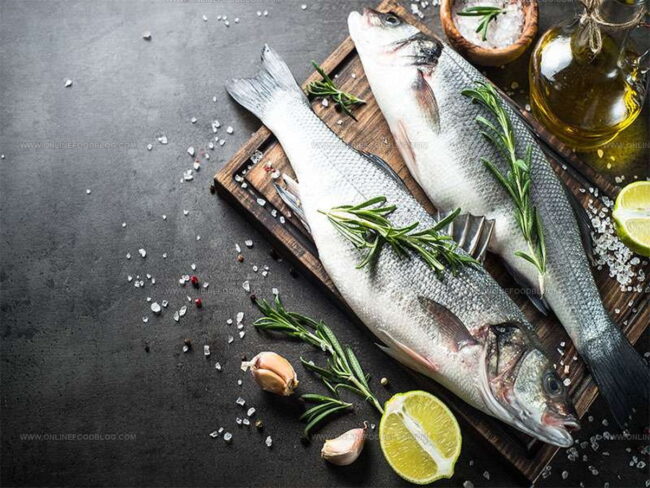
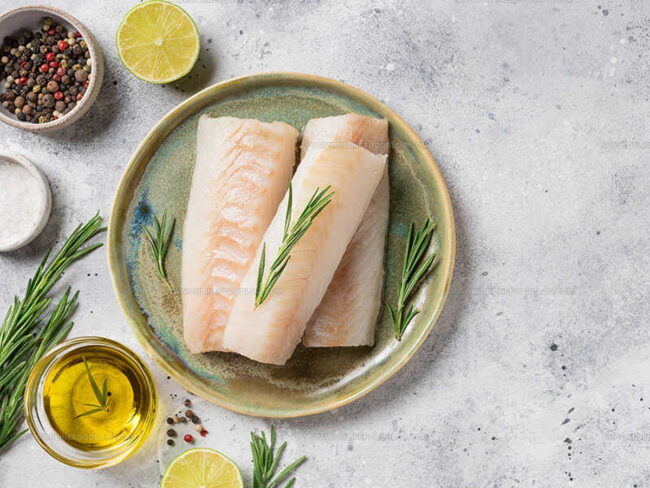
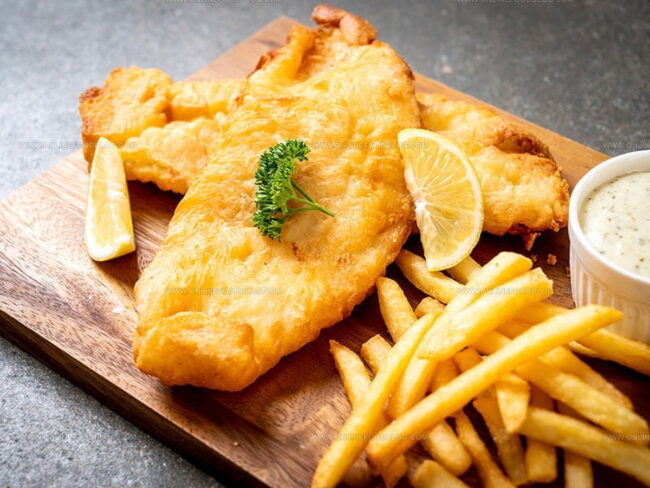
Mia Reynolds
Food Writer & Home Cooking Specialist
Expertise
Easy Home Baking, Recipe Writing and Storytelling, Local and Seasonal Ingredients, Baking for Beginners
Education
New England Culinary Institute (NECI), Montpelier, Vermont
Community College of Vermont, Winooski, Vermont
Mia Reynolds fell in love with baking as a teenager experimenting in her family kitchen. Her passion took her to New England Culinary Institute, where she learned practical pastry techniques, and later to Community College of Vermont to deepen her understanding of food management.
Mia combines clear, simple baking instructions with heartwarming stories, making home baking approachable for everyone.